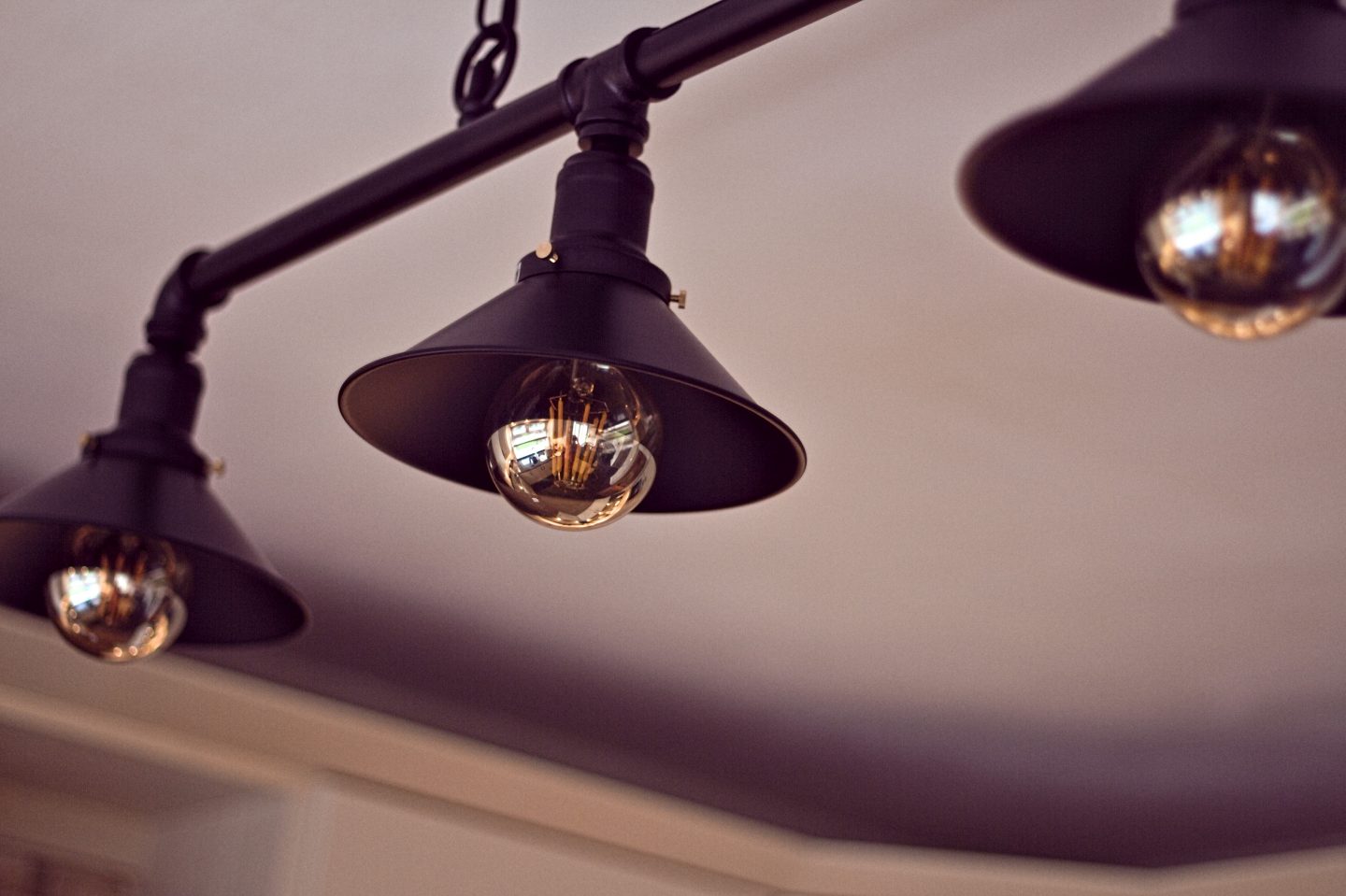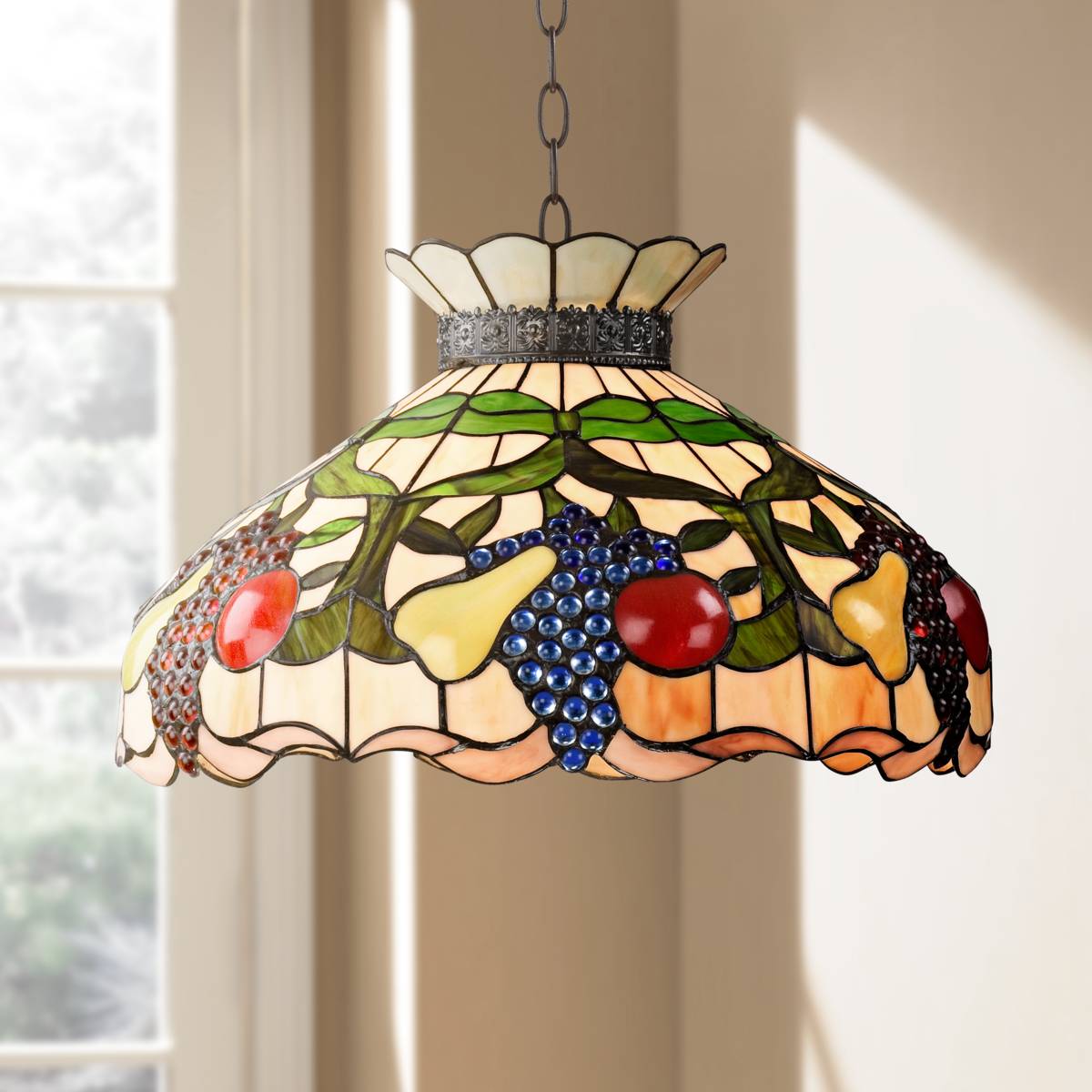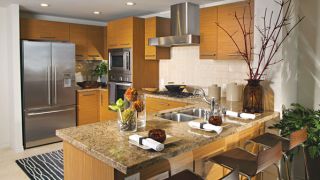Let’s shed some light on the often overlooked yet crucial aspect of kitchen illumination – light bulbs. Choosing the right kitchen light bulbs is essential for creating a functional and inviting cooking space. Various factors come into play when deciding on the type of bulbs to use, such as brightness, color temperature, energy efficiency, and bulb type.
Brightness is a key consideration when selecting kitchen light bulbs. Kitchens are multifunctional spaces, requiring ample lighting for tasks like chopping vegetables or reading recipes. Opt for bulbs with higher lumens to ensure sufficient brightness. LED bulbs, in particular, offer high lumens with lower wattage, making them energy-efficient while providing the needed illumination.
Color temperature is another vital factor. The right color temperature can influence the overall ambiance of your kitchen. Warm white (2700-3000 Kelvin) is ideal for creating a cozy and inviting atmosphere, while cool white (3500-4100 Kelvin) or daylight (5000-6500 Kelvin) is better suited for task-oriented areas, enhancing visibility and reducing eye strain.
Considering the energy efficiency of your kitchen light bulbs is not only environmentally friendly but also cost-effective. LED bulbs are the go-to choice for energy efficiency, consuming significantly less energy than traditional incandescent bulbs and lasting much longer. While the initial cost may be higher, the long-term savings make LED bulbs a practical investment.
The type of bulb is a crucial aspect of kitchen lighting. Incandescent bulbs are being phased out due to their inefficiency, and compact fluorescent bulbs have become less popular. LED bulbs, on the other hand, have become the preferred choice for their energy efficiency, longevity, and versatility. They are available in various shapes and sizes to fit different fixtures.
Understanding the concept of color rendering index (CRI) is essential for achieving accurate color representation in your kitchen. A higher CRI indicates better color accuracy. Aim for bulbs with a CRI of 90 or above to ensure that the colors of your ingredients and kitchen decor are accurately illuminated.

Dimmability adds versatility to your kitchen lighting. Selecting dimmable bulbs allows you to adjust the light levels based on the time of day and the specific tasks you’re performing. Dimmable LED bulbs offer flexibility and can contribute to creating different atmospheres in your kitchen, from bright and lively to soft and ambient.
Consider the shape and size of your kitchen light bulbs to ensure they fit your fixtures seamlessly. Different fixtures require specific bulb shapes – for example, A19 bulbs for standard lamps or BR30 bulbs for recessed lighting. Checking the compatibility of the bulb shape with your fixtures prevents any aesthetic or functional issues.
When it comes to kitchen lighting, the right distribution of light is crucial. A combination of ambient, task, and accent lighting can create a well-balanced and visually appealing kitchen. Use ambient lighting to illuminate the entire space, task lighting for specific work areas, and accent lighting to highlight features like artwork or architectural elements.

Take into account the color of your kitchen walls and cabinets when choosing light bulbs. Warm-colored walls and cabinets pair well with warm white bulbs, creating a harmonious and inviting atmosphere. On the other hand, cool white or daylight bulbs complement kitchens with lighter color schemes, providing a crisp and clean look.
To maximize energy efficiency, consider installing smart lighting systems in your kitchen. Smart bulbs can be controlled remotely through smartphone apps or voice commands, allowing you to adjust brightness, and color temperature, and even create lighting schedules. These systems not only enhance convenience but also contribute to energy savings.
Regular maintenance is often overlooked when it comes to kitchen lighting. Dust and grease can accumulate on light bulbs, reducing their brightness and efficiency. Periodically clean your bulbs with a soft cloth to ensure optimal performance and prevent the buildup of dirt that can affect the quality of light.
Understand the importance of layering light in your kitchen. Combining different types of lighting sources, such as overhead fixtures, pendant lights, and under-cabinet lighting, creates a layered effect that enhances both functionality and aesthetics. This approach ensures that your kitchen is well-lit from various angles, reducing shadows and improving visibility.
Experimenting with color-changing bulbs can add a creative touch to your kitchen. While not suitable for all areas, incorporating color-changing bulbs in certain fixtures, such as pendant lights or under-cabinet lighting, allows you to alter the ambiance based on your mood or the occasion. This feature adds a dynamic and personalized element to your kitchen lighting.
When replacing kitchen light bulbs, consider the environmental impact of disposal. LED bulbs contain fewer hazardous materials than traditional bulbs, making them a greener choice. Additionally, many municipalities have specific guidelines for recycling or disposing of different types of light bulbs, so be sure to follow local regulations.
Choosing the right kitchen light bulbs involves considering factors like brightness, color temperature, energy efficiency, bulb type, and more. From the practicality of LED bulbs to the aesthetic appeal of color-changing options, each aspect plays a role in creating a well-lit and visually pleasing kitchen environment. By understanding these considerations, you can make informed decisions to enhance both the functionality and ambiance of your kitchen space.

Light Bulb Types Wiki Makes Choosing A light Bulb Easy Interior design, Interior, Home kitchens

Which Beam Angle? & The 4 Key Factors – Downlights, FAQs, JCC Lighting, Kitchen Lighting, LED

Best Lightbulb Buying Guide – Consumer Reports
Gorgeous Kitchen Pendant Lighting Tips – Four Generations One Roof

Revamping The Kitchen And Updating The Lighting – Midlife and Beyond

Annellus Chrome effect 3 Lamp Ceiling light Departments DIY at B&Q
Tiffany, Kitchens, Lighting Fixtures Lamps Plus

Related Posts:

